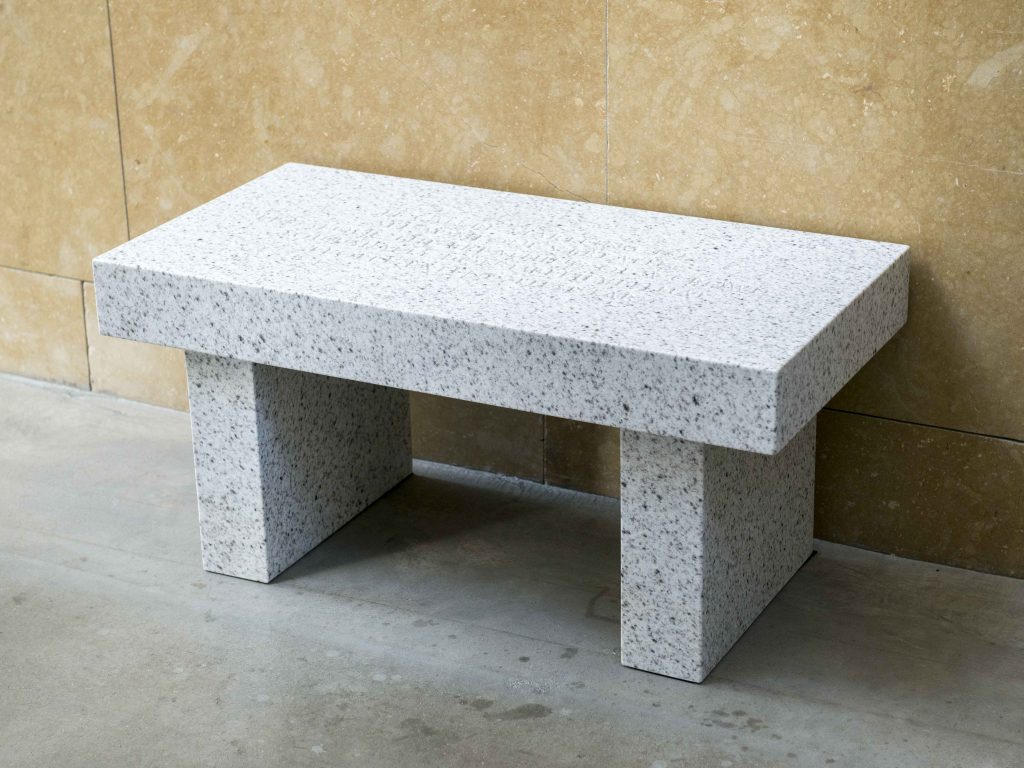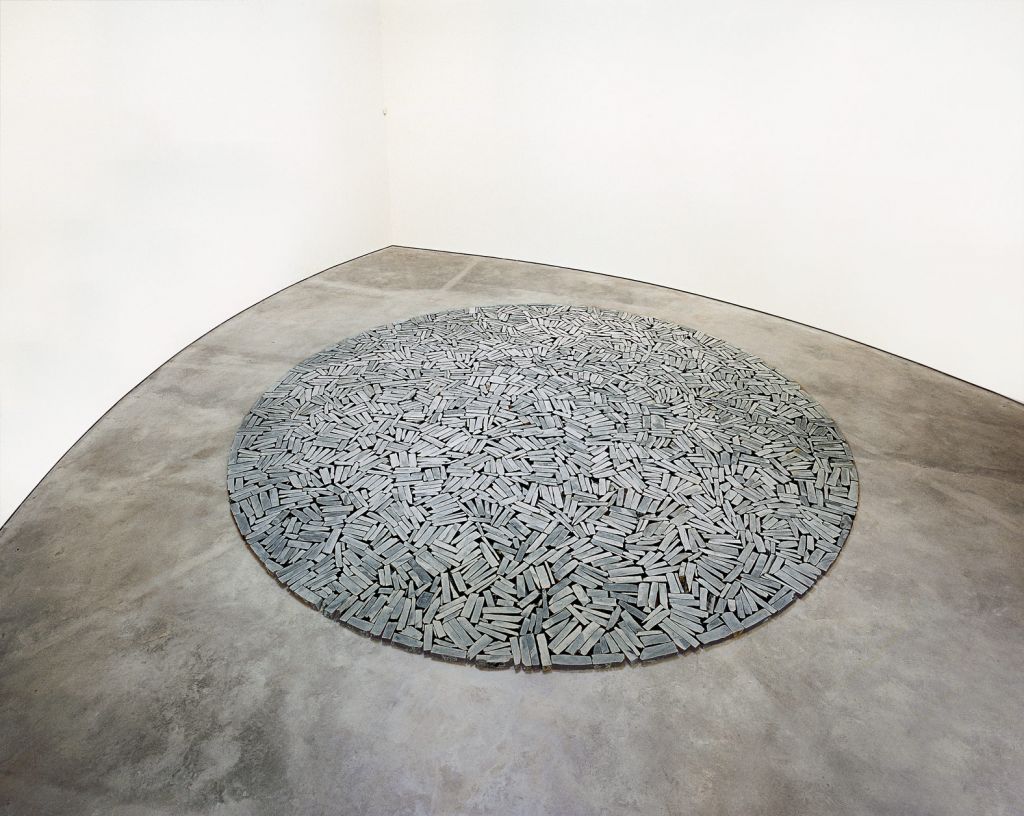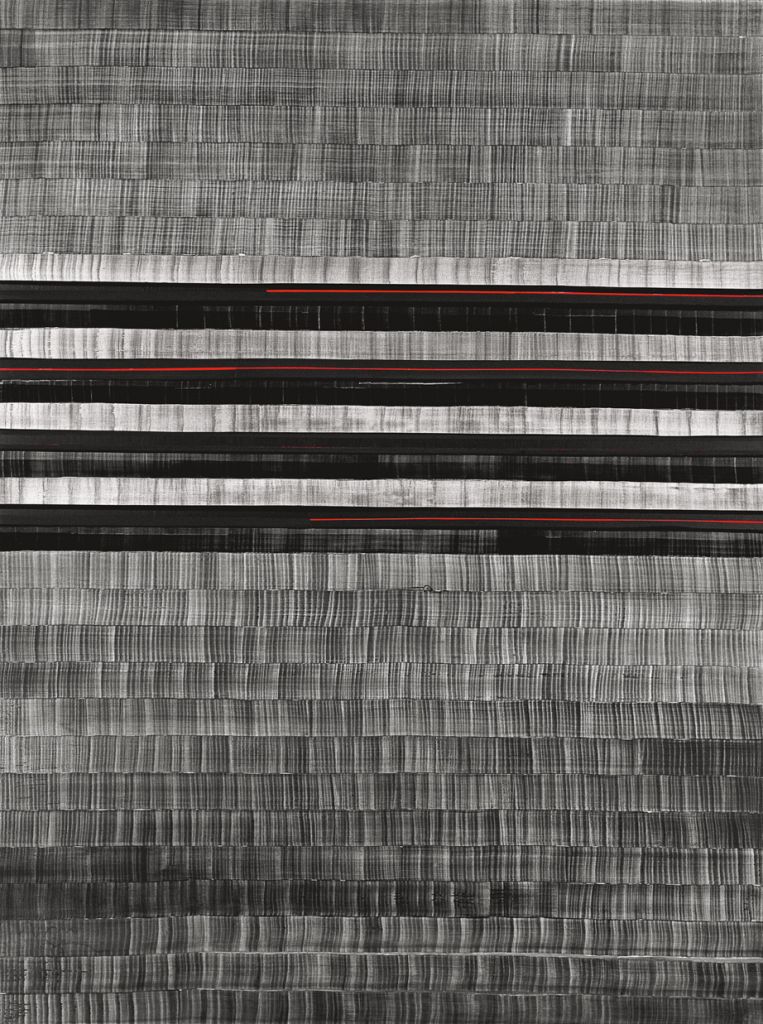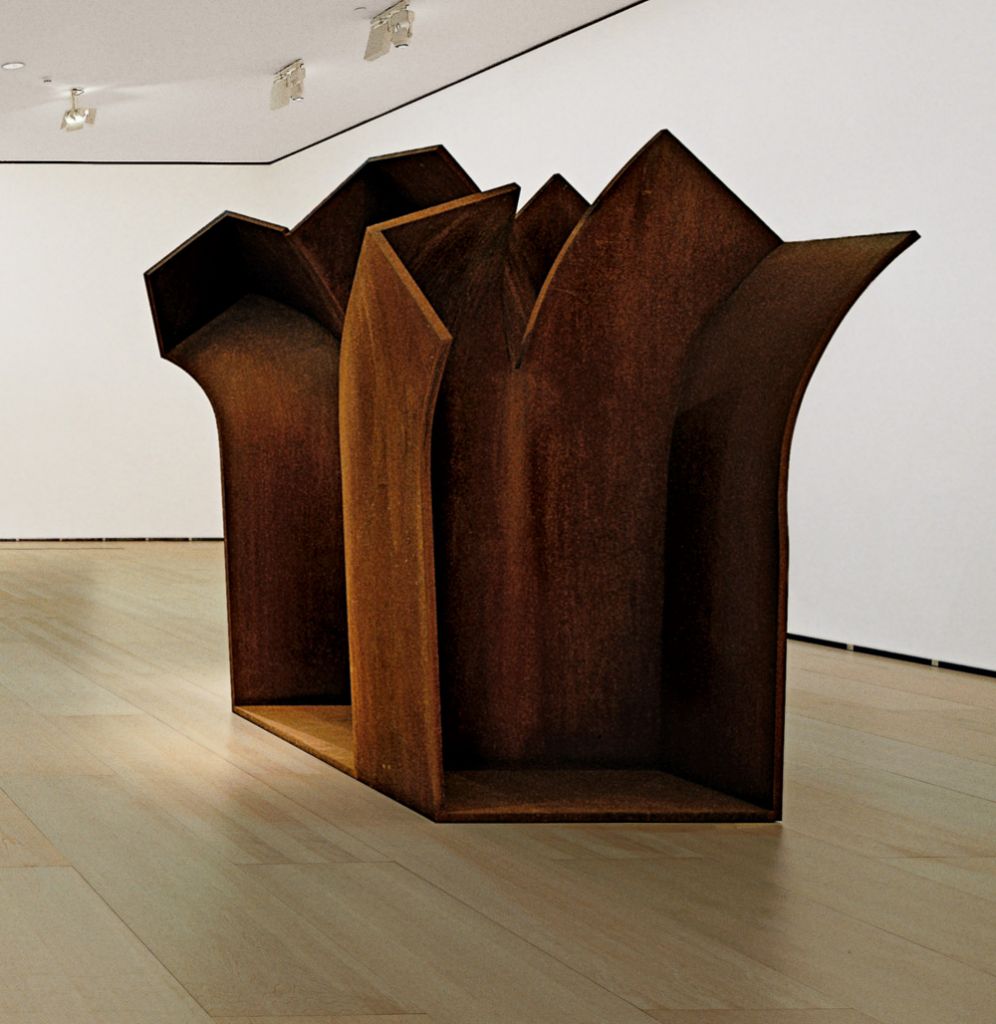Arno Pair
2010Pair of curved white marble benches274.3 x 89 x 46 cm each
Jenny Holzer, one of the most renowned conceptual artists in the United States, was born in Gallipolis, Ohio, in 1950. In 1977, she moved to New York, where she took part in the Independent Study Program at the Whitney Museum of American Art and began working with public art texts. During her first year in New York, she created Truisms, a series of black texts in capital letters written on white paper, which she printed and (illegally) displayed all over Manhattan. Two years later, she joined Colab, a group of artists also including Jean-Michel Basquiat. Holzer and Basquiat shared their interest in the public domain as a space for art—a kind of open-air museum.
Jenny Holzer has extensively used language as a vessel for artistic expression. Her aphorisms remind us that language is simple and straightforward; they are self-evident truths in a long series of statements, phrases heard on the street about war, politics, death or violence. In the 1960s, the concept that the work of art’s value was relative to the idea underlying it or the action performed to make it real became commonplace. In the 1970s, Holzer used written language on bills, posters, T-shirts, pamphlets, even condom wrappers. In the following decade, her aphorisms appeared on the huge billboards that decorated the streets of New York, and soon afterwards she began exploring other media such as video or large neon signs. Since the physical object was no longer as important as the concept behind it, the artist focused on the creative process, transforming action into pure reflection.
Art becomes a vehicle to convey a message reaching large audiences that are never the same. Language—scathing, assertive, factual—is at the center of Holzer’s art. She wants to surprise viewers, and do so in unexpected places, proposing a certain reaction, an idea, a thought, a space where they can situate their experience. The viewer reads the phrases and wonders where they come from. They are asked to stay away from the author, who stands in the background. The idea is to break the link between the author and the text, producing a dynamic form of communication. Holzer is able to convey these messages creating an evocative atmosphere. We are alone before the solitude of an open space, surrounded by other people. Words and concepts materialize to ask questions about human relationships, consolidate our experience, and analyze our conscience in an unusual setting—a captivating, theatrical dimension that emphasizes the enormous power of language.
The work Arno Pair (2010), donated by the artist to the Collection, is an extraordinary complement to Installation for Bilbao (1997/2017). The latter’s statements, in Basque, Spanish and English, are a variation of Arno, a text originally written for an AIDS research fund-raising project and then adapted for a projection mapping in Florence. In the benches of Arno Pair, the phrases, written only in Basque, are still valid. Although the theme is associated with an immediate, tragic context, the phrases themselves—“I SAY YOUR NAME” or “I KEEP YOUR CLOTHES”—relate to universal issues like intimacy, death or loss. Taking art out of the streets and into the museum, Holzer addresses a completely different audience, made not of passers-by but of museum-goers, inviting reflection on the elusive and tense boundaries between the public and the private spheres.
Original title
Arno Pair
Date
2010
Medium/Materials
Pair of curved white marble benches
Dimensions
274.3 x 89 x 46 cm each
Credit line
Guggenheim Bilbao Museoa






